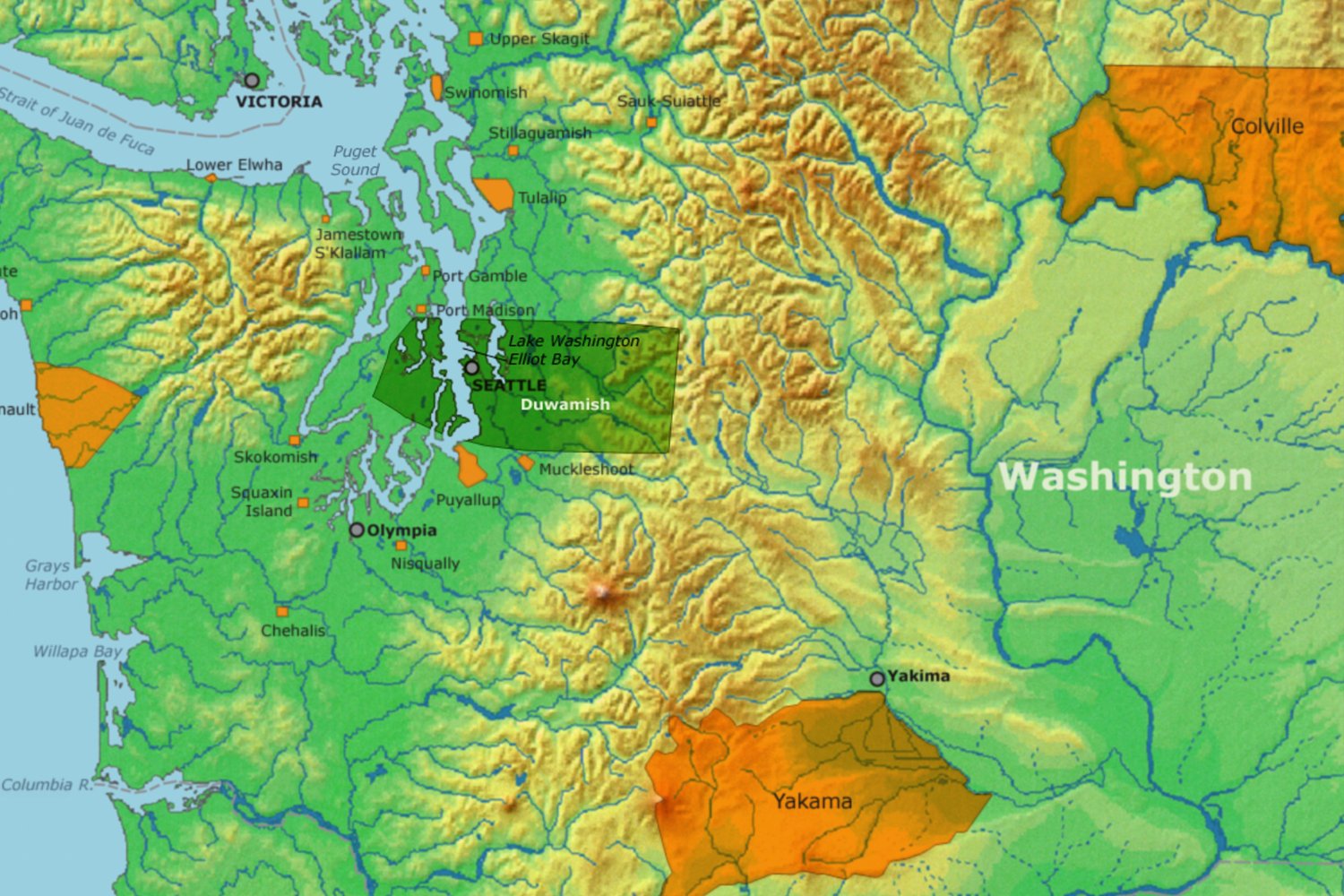
Seattle, WA, USA
Shoreline Historical Museum Forest
Cultivating natural legacy for the local community.
The project is a community-driven idea developed by a group of people invested in preserving the natural world and highlighting Indigenous relationships to our landscapes.
We have an opportunity to create an outdoor exhibit highlighting natural history and a new story about the environmentally beneficial legacy we can leave behind.
This SUGi Pocket Forest at the Shoreline Historical Museum will also provide shelter from a highly developed urban heat island, for a local community of over 100,000 people, while supporting native flora and fauna.
Forest Maker Ethan Bryson

1,200
TREES
3,000
SQUARE FEET
42
NATIVE SPECIES


“These plants and numerous others have been used by our Duwamish ancestors and the Duwamish Tribe for thousands of years to feed and nurture us. Development has diminished their habitat and our access to them. Their absence has been felt by us, our native pollinators, birds, fish and aquatic life. We want to thank the Shoreline Historical Society for pursuing a native forest on our ancestral lands.”
— Nancy Sackmsn, Cultural Preservation Officer





“The Miyawaki Urban History Project is a community-driven idea developed by a group of people invested in preserving the natural world and highlighting Indigenous relationships to our landscapes. After resounding support around this project from the Board of Directors at the Shoreline Historical Museum, the Miyawaki Forest Friends committee are vocally advocating throughout our communities. Tabling at events, writing articles in our local papers and otherwise promoting the Miyawaki Forest is a clear demonstration of the value of community-based projects and the role it has in connecting people to an organization like the Shoreline Historical Museum.”
— Kenneth Doutt, Executive Director, Shoreline Historical Museum
Discover more SUGi Projects


De Ark
A forest learning center in Sint-Niklaas


Langalibalele Forest
Cultivating a green oasis for community wellness and education.


Papenhof Forest
Nature-based therapy at the heart of a city


